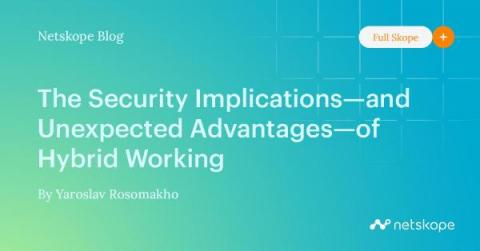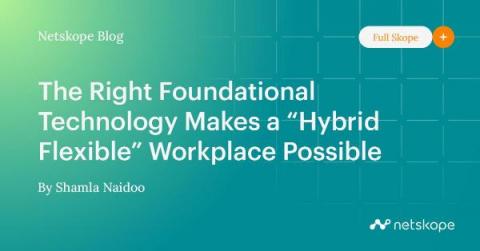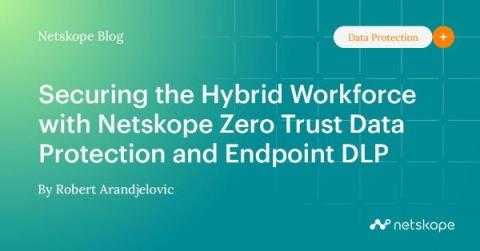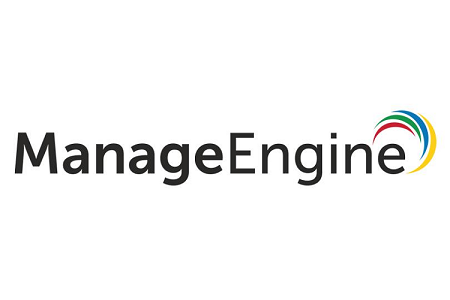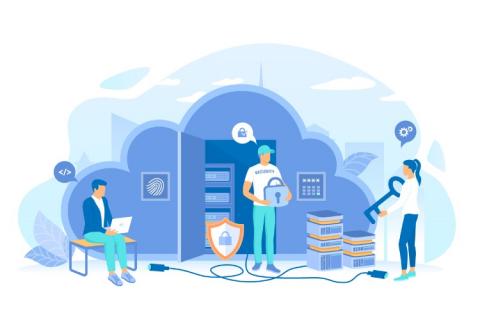Security | Threat Detection | Cyberattacks | DevSecOps | Compliance
Hybrid Work
The Security Implications-and Unexpected Advantages-of Hybrid Working
It’s been over two years since offices around the world closed their doors, sending employees to work from home to ride out a series of pandemic lockdowns. Those two years saw a succession of commands to close, reopen, close again, and reopen again, during which office workers in many industries embraced remote work and the benefits of eliminating the commute and providing a better work-life balance.
The Right Foundational Technology Makes a "Hybrid Flexible" Workplace Possible
Two years ago, the world shut down. We all lived through the start of the pandemic, when the world’s white-collar workforce was sent home en masse. Remote work became the only option for employees in many positions across many companies. This working environment was isolating, and staff required entirely new workflows just to keep business processes functional—but we survived it.
Securing the Hybrid Workforce with Netskope Zero Trust Data Protection and Endpoint DLP
Data no longer resides behind the four walls of the traditional enterprise perimeter—it’s everywhere, and can be accessed from seemingly anywhere, thanks to the rapid embrace of cloud by enterprises and the acceleration of hybrid work, or work-from-anywhere, behind the global pandemic.
Hybrid Work Is Only Viable with Unified Cybersecurity
It should be no surprise that both knowledge workers and the companies that employ them want to benefit from hybrid work environments. After two years of a new remote workplace routine, businesses must provide workplace flexibility to compete for the best talent, allowing employees the option of working from a corporate office or elsewhere.
Privacy and the death of security, what security teams need to know
As people start coming back to the office after working from home exclusively for two years, a hybrid work model will pose a series of challenges for security teams. One of these challenges involves reminding and reeducating workers about security best practices after two years of working remotely and using decentralized services.
Implementing endpoint and network security for a hybrid workforce model
The onslaught of the COVID-19 pandemic brought about many changes and disruptions in cybersecurity. Organizations globally shifted to remote work scenarios to enable their employees to work from the comfort of their homes. Since this was a sudden decision, many organizations lacked resources to ensure security while users were operating from locations across the world. These redefined security perimeters provided leeway for bad actors to perform cyberattacks.
Developing a risk-based approach to cybersecurity in the hybrid workforce model
The hybrid workforce model is a novel workplace trend that provides employees the freedom to work from their homes while occasionally reporting to their offices. At the onset of the COVID-19 pandemic, organizations all over the world were forced to adopt remote working, or work-from-home, as the new norm. However, as organizations are gradually beginning to accommodate employees in their office spaces, a blended workplace model has become indispensable.



